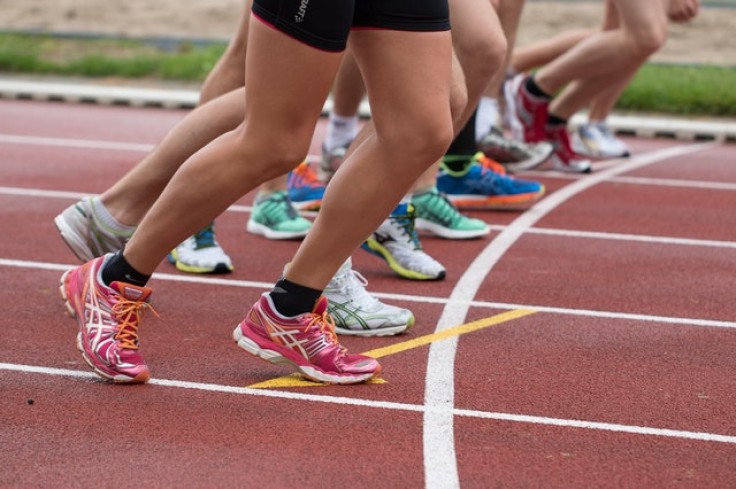
Knee pain is a very common condition that affects people of all ages, especially student-athletes. Knee pain can arise from injuries, such as a ruptured ligament or torn cartilage. Since student-athletes have a more active lifestyle that includes physical activities, they are more prone to minor injuries that can cause pain.
Medical conditions such as arthritis, gout, and infections can also cause knee pain. Recent statistics show that about 20% of all Americans experience some form of joint pain. The percentage rises when both men and women hit their 40s. It is really hard to deal with any kind of knee pain no matter what the cause is. If you are an athlete or if everyday life is taking its toll on your knee, then ice therapy could be a good solution.
The location and seriousness of knee pain may vary, depending on the cause of the problem. Signs and symptoms that sometimes go with knee pain may include, swelling and stiffness, redness and warm sensation when touched, weakness or instability, sensibility to any movement, popping or crunching noises, and inability to fully straighten the knee.
There are many pain-killers available in the market that can reduce pain up to a great extent, but they might not be the best solution for everybody, as they usually have short-term and even long-term side effects.
This is why therapies that you can personally do at home are created. A good example would be the ice therapy machines that aim to provide relief from pain in no time. For those athletes who have had major injuries, these machines can help ease pain after knee surgery as ice therapy often works well for knee pain. You can also consult your doctor to see if an ice therapy machine would be a good solution for you.
Here are some of the benefits:
- Reduction and relief of pain inside and around your knee.
- Reduce swelling in your knee and other parts of the body.
- Speed up the recovery process in the knee, if injured or after knee surgery.
- Improve joint functions in the knee, etc.
This machine works by numbing the nerve endings and cutting off the pain, and it can be motorized or manual, non-motorized. They prevent muscle spasms and also help decrease swelling.
Hot and Cold Therapy
If you don't have an ice therapy machine right now, playing with hot and cold temperatures can reasonably have the same effect even though it is more inconvenient. When an urgent situation arises and the need for an immediate solution to your knee injury is necessitated, these are the things that anyone can do.
For the first 36 to 72 hours after a knee injury, use a cold pack to stop the swelling and numb the pain. A plastic bag of ice or frozen vegetables can work well for this purpose. Use it for 20 to 30 minutes three or four times a day. Wrap your ice pack in a towel so it won't burn the skin. After that, you can heat things up with a quick warm shower or warm towel for 15 to 20 minutes, three or four times a day, especially before bedtime.
© 2025 University Herald, All rights reserved. Do not reproduce without permission.








